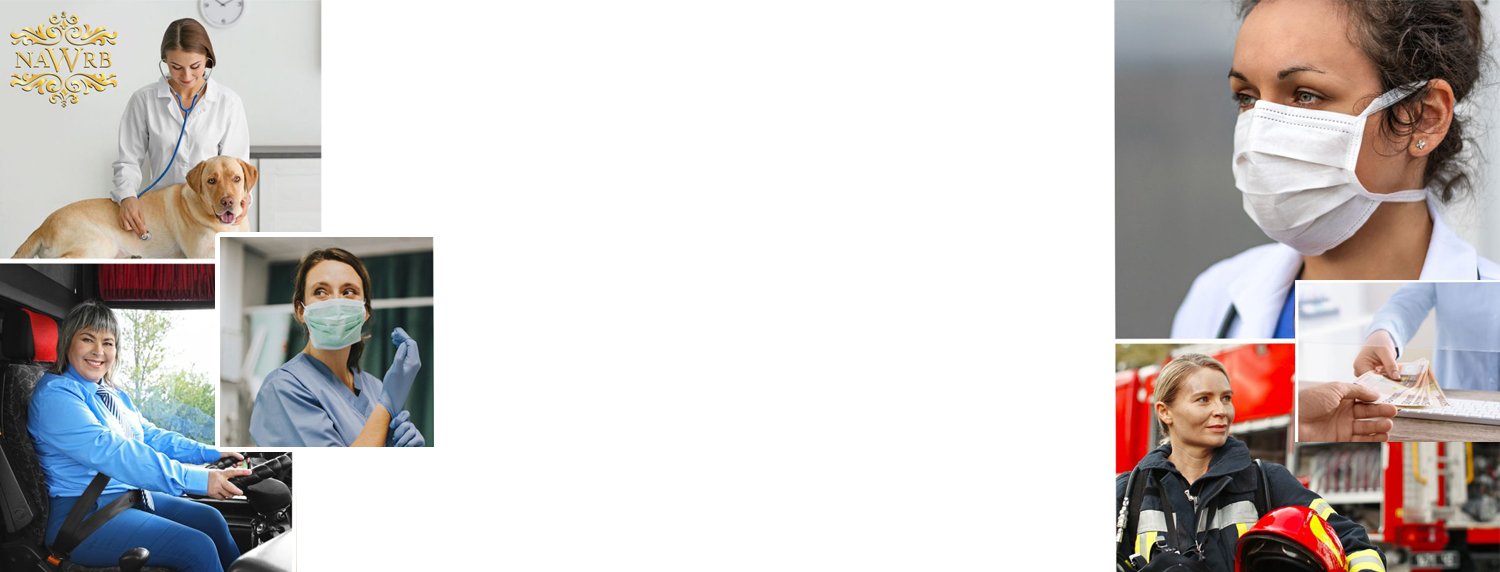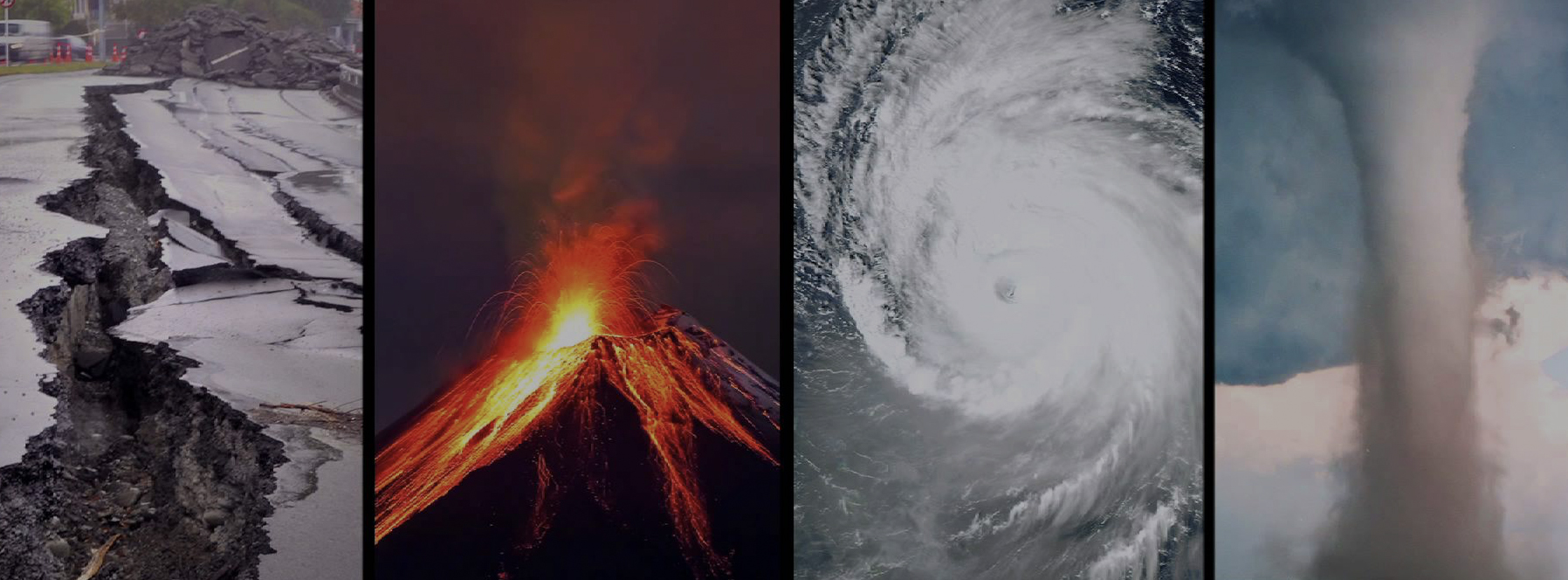Over 30 million U.S. small businesses who make up the backbone of our economy, and they have all been affected by the recent global pandemic as many businesses have had to close shop, shorten hours and lay off workers. If you are a small business that has suffered economic injury due to the coronavirus (COVID-19), it is important to know that there are many financial resources at your disposal, such as disaster loan assistance from the U.S. Small Business Administration (SBA). Renters and homeowners, as well as businesses, are eligible to apply for the SBA’s no cost, low-interest rate disaster loans even if they do not own a business. (*Disclaimer: Due to daily changes to the economy and an increasing rate of updates, please note that this information is subject to change since time of writing.*)
In response to the recent effects of COVID-19, SBA Administrator Jovita Carranza announced that the agency will be granting automatic disaster loan deferments through December 31, 2020, to help borrowers who are still paying back SBA loans from previous disasters.
“The SBA is looking at every option and taking every action to cut red tape to make it easier for small businesses to stay in business. Automatically deferring existing SBA disaster loans through the end of the year will help borrowers during this unprecedented time,” said Administrator Carranza in the SBA’s official press release. “Today’s announcement adds a list of growing actions the SBA is taking to support small businesses. These actions include making it easier for states and territories to request a declaration so small businesses statewide can now apply for economic injury disaster loans, and changing the terms of new economic injury loans to allow for one-year deferments.”
– SBA Disaster Loans –
The SBA offers low-interest disaster loans for businesses, private nonprofits, homeowners and renters who need assistance with uninsured costs. Even those insured for natural disaster damage are encouraged to apply for a SBA Disaster Loan The SBA can lend you the amount of your total loss, even if you are unsure about how much your insurance will cover.
The Coronavirus Aid, Relief and Economic Securities (CARES) Act, which was signed into law by President Trump on March 27, 2020, provides $349 billion in relief for American workers and small businesses. The CARES Act also established several new temporary SBA programs to address the COVID-19 outbreak: SBA Economic Injury Disaster (EIDL) Loans & PPP (Paycheck Protection Program).
At time of writing, the SBA has run out of these funds within two weeks of providing financial aid to small businesses, and the federal government is working on funneling more money to the SBA to carry on their funding programs. However, U.S. Congress reached a deal on a roughly $480 coronavirus relief funding package to continue helping small business and hospitals, and expand COVID-19 testing. This new funding package comes after the initial funds set aside for the U.S. Small Business Administration (SBA) Paycheck Protection Program and Economic Injury Disaster Loan (EIDL) were exhausted in just two weeks — due to over 1.66 million loans for more than $342 billion. The Senate has approved the deal, and now it goes to the House.
A few reasons why the funds were exhausted in such a short amount of time is that $6 million was used to cover lender fees and 71 publicly-traded companies, especially restaurant chains, received aid from the Paycheck Protection Program, equating to $300 million, before the money ran out for small businesses. The reason for this is that foreign businesses, large restaurant chains and hospitality businesses successfully lobbied for an exemption to a rule restricting the small business loan program to businesses with 500 or fewer employees.
For example, Forbes notes that Shake Shack obtained a $10 million loan and was eligible for the Paycheck Protection Program because it does not employ more than 500 people at a single location. However, the restaurant chain said it would be returning their loan as they had $112 million of cash on hand before selling another $150 million of stock at the time.
– EIDL Loans –
Small business owners in all U.S. states, Washington D.C., and territories impacted by the COVID-19 pandemic are eligible to apply for an Economic Injury Disaster Loan advance of up to $10,000. As stated on the SBA’s website, “This advance will provide economic relief to businesses that are currently experiencing a temporary loss of revenue. Funds will be made available following a successful application. This loan advance will not have to be repaid.” Please note that “successful application” does not mean you have to be approved for the loan. Moreover, loan approval is not necessary to receive the loan advance.
This program is for any small business with less than 500 employees (which includes sole proprietorships, independent contractors and self-employed persons), private non-profit organization or 501(c)(19) veterans organizations affected by COVID-19. In certain industries, businesses may have more than 500 employees if they meet the SBA’s size standards for respective industries. The U.S. Small Business Administration has updated their application for Economic Injury Disaster Loans. Interested businesses as well as previous applicants are being asked to apply or reapply here. On the application, make sure to check the $10,000 box to access the emergency grant.
For businesses who applied prior to Monday, March 30th, you will need to reapply with the SBA (even if you were rejected or pending approval). To apply for a COVID-19 Economic Injury Disaster Loan, go to https://lnkd.in/gkjJVFE. For more info, visit https://www.sba.gov/page/disaster-loan-applications.
– Paycheck Protection Program (PPP) –
The Paycheck Protection Program provides loan forgiveness for retaining employees by temporarily expanding the traditional SBA 7(a) loan program. Just like the aforementioned EIDL Loan Advances, the SBA will forgive loans received through this program if all employees are kept on the payroll for eight weeks and the money is used for payroll, rent, mortgage interest, or utilities.
As stipulated by the SBA, small businesses can apply for PPP through “any existing SBA 7(a) lender or through any federally insured depository institution, federally insured credit union, and Farm Credit System institution that is participating. Other regulated lenders will be available to make these loans once they are approved and enrolled in the program. You should consult with your local lender as to whether it is participating in the program.”
Lenders may begin processing loan applications as soon as April 3, 2020, and the PPP will be available through June 30, 2020. To find a lender or learn more about the PPP, click here! Read the Interim Final Rule, as of April 4th, 2020, announcing PPP here: https://www.sba.gov/sites/default/files/2020-04/PPP–IFRN%20FINAL_0.pdf.
Three Rules for Know the Rules of the Game ® Podcast for SBA Economic Injury Disaster (EIDL) Loans & PPP (Paycheck Protection Program)
Rule: 1 Eligibility: SBA is listening to the feedback and providing clarity where necessary. An example of this is the recent clarification on the SBA Faith-Based Business Eligibility.
Rule: 2 Forgiveness: The loan can be 100 percent forgiven as long borrowers dedicate 75 percent of the forgiven funds to pay-roll expenses
Rule: 3 EIDL Loan and PPP Compatibility: If you received an EIDL loan for payroll, that loan will be rolled into your PPP loan and would be eligible for forgiveness under the PPP loan program. You can also take out an EIDL loan for non-payroll expenses and a PPP loan for payroll expenses.
– Resources for Small Businesses –
Small business owners have additional resources at their disposal during the recovery process. If you have a loan from the SBA, you may be eligible for deferred loan payments. For instance, if your loan postdates August 25, 2017 and you are located in a federal disaster area, your principal and interest payments will be deferred for 12 months. If your business is located near a disaster area, you may be eligible for a 9-month payment deferral.
Small business owners can apply for federal assistance—in the form of cash grants— through the FEMA, online or by calling 1-800-621-FEMA. Local Small Business Development Centers (SBDCs) are available to help small businesses complete forms for disaster relief, recover records and relaunch their businesses.
Businesses can be proactive in protecting themselves against damages from potential natural disasters by being insured for Business Interruption. Many commercial insurance policies provide coverage via endorsement for business income loss due to a direct loss, damage or destruction to the insured property by a natural disaster.
– Resources for Independent Contractors and Self-Employed –
The self-employed make up an astounding 57 million people countrywide, and they are also vulnerable to the recent changes to the economy due to the nation’s COVID-19 response and its effect on the economy. If you’re an event photographer, for instance, your business has probably been hit by the recent closures of businesses, centers and events for which you might have been hired. There are many examples like this, but the good news is that there are resources to help self-employed individuals recover their losses and sustain their business through this challenging time.
Previously, self-employed people and independent contractors have not been eligible to collect unemployment except if their business is an S-corp. However, since the government has recently passed the Coronavirus Aid, Relief and Economic Securities Act (CARES), a $2 trillion stimulus package, unemployment insurance has been extended to self-employed workers and independent contractors.
Those who qualify will be able to collect unemployment benefits for 13 more weeks than the usually allotted time and receive an additional $600 a week on top of state unemployment benefits for up to four months. Note that the rate of state pay might be lower for self-employed, freelance workers and independent contractors in your state. To apply, visit your state’s unemployment website and be ready to provide your Social Security number (and those of your dependents), and driver’s license or state ID.
The recent CARES Act will also grant the SBA to give out a total of $349 billion for guaranteed loans through its loan programs. With the developing changes, you might also be eligible for the SBA’s Economic Injury Disaster Loans for qualifying small businesses, as indicated by an article from Forbes. As mentioned above, these are low-interest loans with terms that might last as long as 30 years for small businesses and nonprofits.
– Resources for Renters and Homeowners –
Renters and homeowners are eligible to apply for the SBA’s no cost, low-interest rate disaster loans even if they do not own a business. According to the SBA website, renters and homeowners may borrow up to $40,000 to repair or replace clothing, furniture, cars or appliances.
Homeowners may borrow up to $200,000 to repair or replace their primary residence to pre-disaster condition. Moreover, loans may be increased up to 20 percent of the total amount of physical loss to make improvements that lessen the risk of future property damage.
Renters and homeowners can apply for both FEMA assistance and SBA disaster loans simultaneously with zero cost, so do not wait until you get a response from FEMA. You do not have to accept an SBA low-interest rate loan even if you are qualified.
Whether you are a renter, homeowner, business, or nonprofit, know that there is always support available to you in times of need. NAWRB is dedicated to help those affected by these recent natural disasters find resources that can help them rebuild their homes, restart their businesses and regain a sense of stability in their lives.
New Relaxed Criteria
The relaxed criteria for small businesses seeking an economic injury declaration has two immediate impacts:
(1) “Faster, Easier Qualification Process for States Seeking SBA Disaster Assistance. Under the just-released, revised criteria, states or territories are only required to certify that at least five small businesses within the state/territory have suffered substantial economic injury, regardless of where those businesses are located.”
(2) “Expanded, Statewide Access to SBA Disaster Assistance Loans for Small Businesses. SBA disaster assistance loans are typically only available to small businesses within counties identified as disaster areas by a Governor. Under the revised criteria issued today, disaster assistance loans will be available statewide following an economic injury declaration. This will apply to current and future disaster assistance declarations related to Coronavirus.”
– Frequently Asked Questions –
Are you a small business impacted by the coronavirus and in need of an SBA disaster loan? Learn the steps to apply here! If you are interested in applying for this loan, SBA has answered some FAQ’s below:
We do offer low-interest Economic Injury Disaster Loans (EIDL) due to the COVID-19 Pandemic declarations in virtually all states.
Information for the loan program for SBA’s Office of Disaster Assistance can be found at: www.sba.gov/disaster
Interest rates are 3.75% fixed for small businesses, 2.75% fixed for nonprofits, 30 year terms, 1st payment deferred until the 12th month from the note date.
No cost to apply, amount needed not required upon application, no obligation to take any money if approved, take only the amount needed to survive the recovery period. If you get approved, and find that you still need more or a longer recovery period than expected, you can request an increase. No prepayment penalty.
If you get stuck while trying to apply online, you can call for help at the Customer Service Center at 1-(800)-659-2955, Wait times may be long, but the agency is hiring as fast as possible!
Completed Applications with supporting documents requested are processed on a first come, first served basis.
For more information on SBA disaster loans, follow us on Facebook, LinkedIn, Instagram and Twitter for updates, and subscribe to our newsletter by visiting www.nawrb.com!
* See this Article and many more in it’s original publication at https://issuu.com/nawrb/docs/nawrb_mag_vol9_issue1

 Login
Login

















